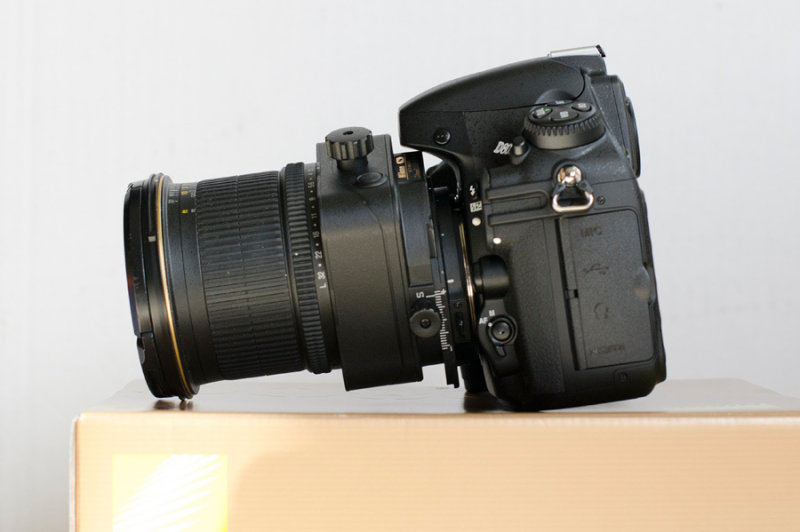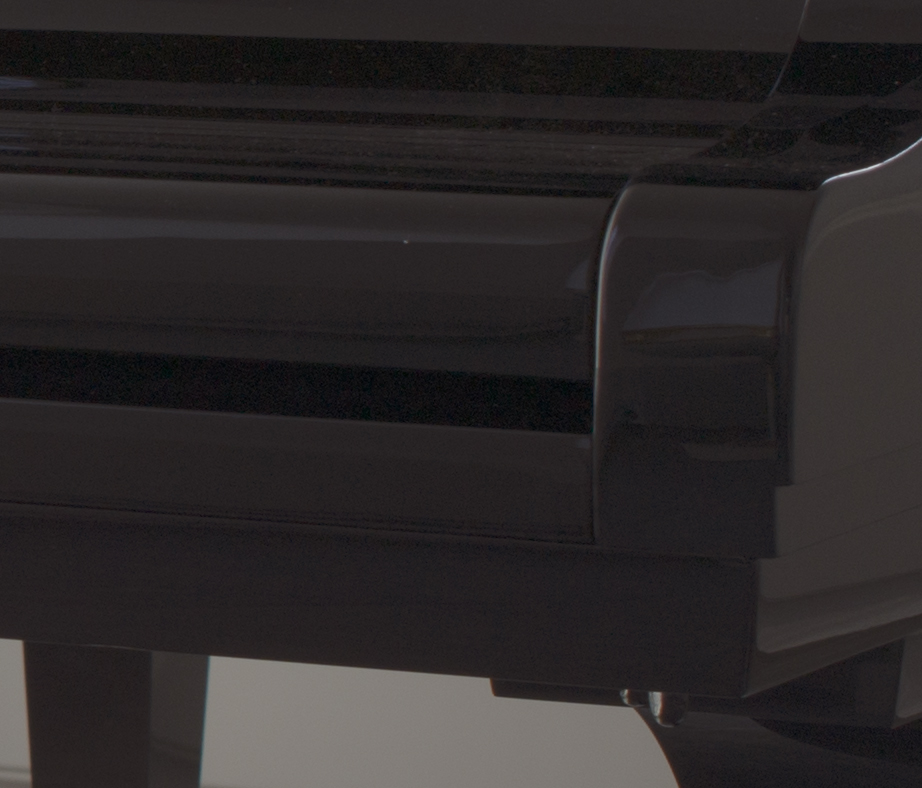Interesting I also used LR to convert the raw file on these, but had the choice of "as shot" WB which was 5050/+8 and used this instead of a canned WB, then went on to make adjustments in CS5.
I am also attaching the following file from your piano in white room shot. Of all the files you have been so generous to share this one is by far the most demanding and which begs many questions regarding the ratings for this camera. Suffice it to say I found this image to be less than stellar, not because of the photography but the way the camera's dynamic range failed here. Understand please this is not a disparaging remark about your photograph, but rather about the camera's inability to hold highlights and shadows in the piano. Worse still was the excessive noise throughout all 3 color channels of the piano, not just one or two. One would think a camera that has a purported 14.4 EVS dynamic range would have handled this scene significantly better. Having owned the D3 for a few years now I feel confident in stating it most likely would have.
Hopefully this question can start an informed and intelligent dialogue regarding DxO's testing methods. Their scores certainly don't seem to jive with this image. I do want to point out before making the conversion in ACR I zeroed out all adjustments, used camera neutral, added no USM. Effectively I started out with as flat of an image as possible yet still the white wall was excessively clipped and the black piano blocked up and showing significant noise at base ISO. The histogram was already at its limits on both ends, so reducing the exposure would have served little purpose and the highlight recovery tool did not entirely retrieve the clipped highlights.
Anyway here is my rendition:


